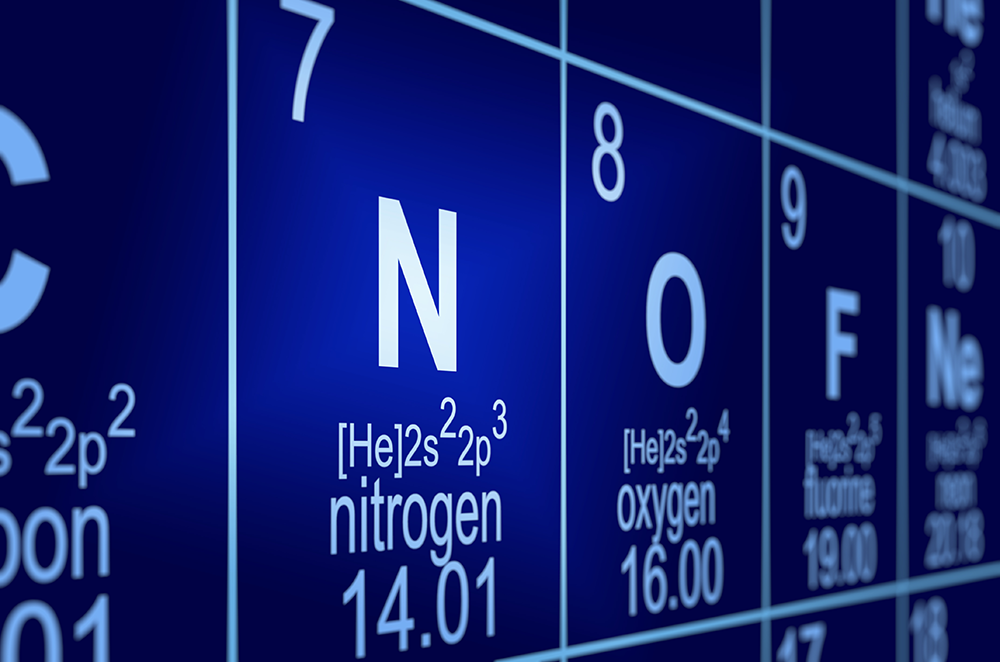
3 Considerations when Working with an NBPT Product
For growers, fall is a time to not only catch up on things, but to get a jump on the next growing season so there isn’t so much to worry about in the spring.
Some use the window to fall apply urea, UAN or anhydrous ammonia. Others take the opportunity to purchase product for next season, and potentially take advantage of lower fall pricing.
While you are thinking about urea or UAN, it is also a good time to consider whether you may require an NBPT urease inhibitor to prevent nitrogen loss to the atmosphere due to volatilization. Using NBPT will protect against nitrogen loss. In fields that are prone to volatilization, NBPT is a way of protecting your nitrogen investment, as nitrogen losses can be as high as 50%.
When choosing an NBPT product for your fall application, or pre-purchasing for spring, there are several factors to consider:
1. Ease of treatment
2. How the NBPT product flows in cold fall (or early spring) conditions
It is common for fall urea or UAN applications to begin in mid-October. Yet as we all know, in October and November, the outdoor temperature can suddenly drop. This can impact the flowability of many NBPT products and lead to blending challenges.
A specialty cold weather NBPT product can mitigate these concerns.
This is also something to consider when pre-purchasing an NBPT product to apply in the early springtime, as it will give you greater flexibility to blend your urea even if the temperature is not yet ideal.
3. The importance of maintaining a neutral pH
When using an NBPT product, it is important to maintain a pH below 7 for several reasons:
- It prevents volatilization of N as ammonia (which increases the more acidic the soil)
- It maximizes the dosage of N in the NBPT molecule
- It provides long-term stability and protects against NBPT breakdown
Look for an NBPT product that is formulated to provide a high buffering capacity, as this will allow you to maintain a neutral pH.
Armed with this advice, you will be able to choose a urease inhibitor that will ensure maximum results, easy handling and the assurance of cold weather performance.

